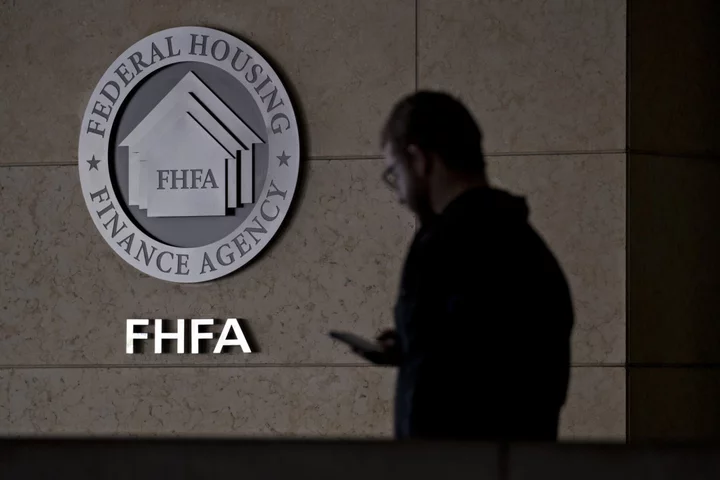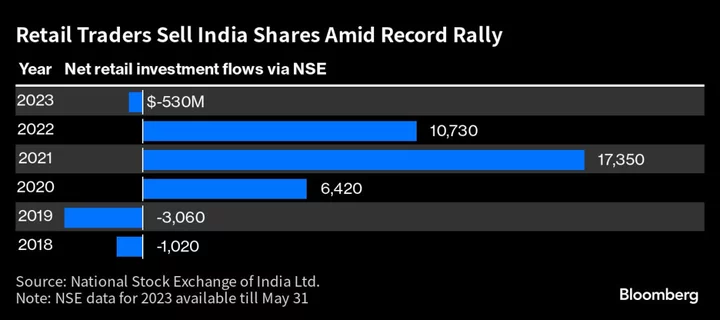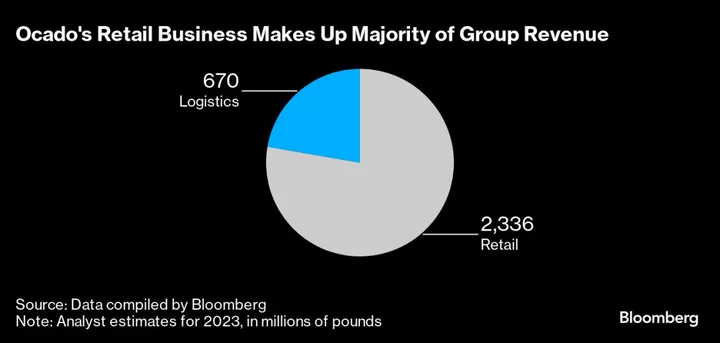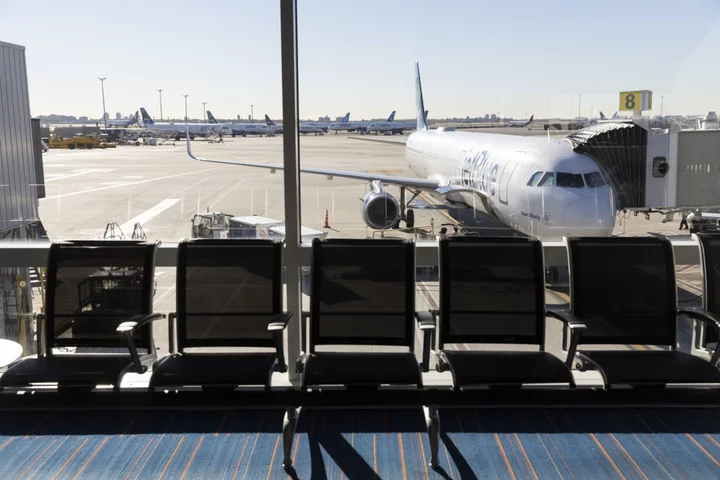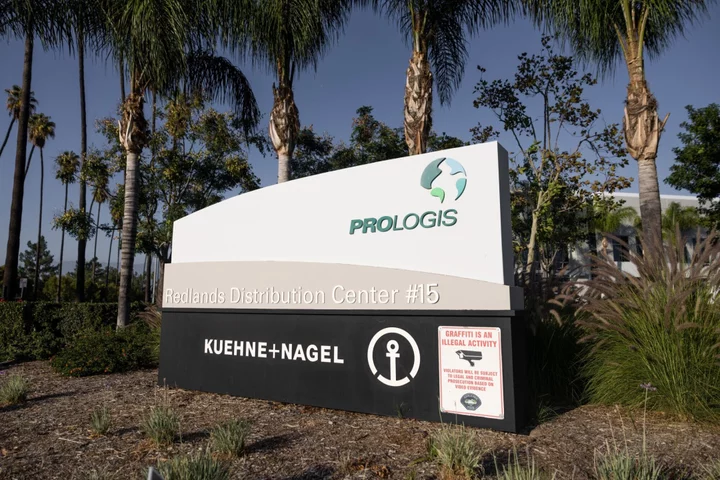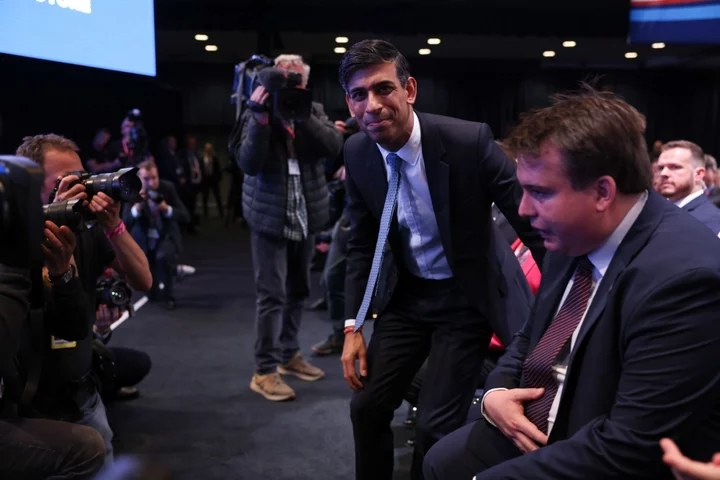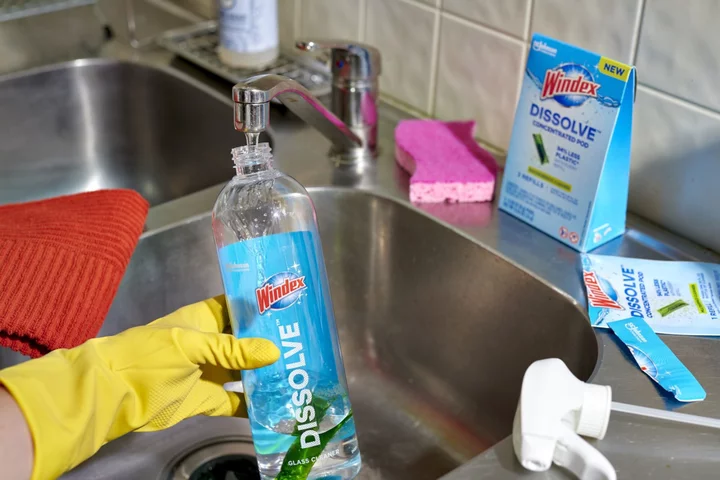US officials will seek to limit some access to Federal Home Loan Banks after multiple failing lenders turned to the $1.3 trillion system in desperate bids to survive March’s banking crisis.
After a review of the system that lasted more than a year, the Federal Housing Finance Agency will move FHLBs away from serving as lenders of last resort for financial firms in turmoil, and back to their roots in housing finance. The plans ratchet up federal oversight and seek to push banks toward the Federal Reserve’s discount window in times of extreme stress, according to a report to be published Tuesday.
Banks borrow hundreds of billions of dollars from the government-chartered FHLBs each year to fulfill short-term funding needs. The practice came under scrutiny after the FHLBs, which have implied backing from the government, lent heavily to Silicon Valley Bank, Signature Bank and First Republic Bank as they careened toward failure.
Among the major changes, the Federal Housing Finance Agency, which oversees FHLBs, will propose a rule to force many banks to hold 10% of their assets in mortgage loans to maintain access to the FHLBs. The regulator is also exploring new guardrails for lending money to troubled institutions and tougher stress tests.
A big structural overhaul may also be in the offing: The regulator is looking at consolidating some of the 11 FHLBs scattered across the country. The FHFA didn’t say which of the institutions could be on the chopping block. Sandra Thompson, who runs the agency, could slash the number to eight without any involvement from Congress.
‘Elevated Compensation’
“The FHLBs have always had as a part of their mission providing general liquidity, and that’s not going to change,” Joshua Stallings, the FHFA deputy director who oversees the FHLB system, said in an interview. “But the fact of the matter is that we have to ensure the Federal Home Loan Banks are operating in a safe and sound manner. They have to do a better job.”
Some changes would require congressional action. Officials will ask lawmakers for help to rein in “elevated compensation” for some FHLB executives and to “at least” double the amount of profit that the FHLB system must spend on affordable housing.
The chief executives of FHLBs typically earn well over $1 million annually, and average pay per employee can rival that of Wall Street banks. Last year, the average compensation and benefit expense per employee at the FHLB in San Francisco was in line with Goldman Sachs Group Inc. at more than $310,000 per year, according to regulatory filings.
The FHLBs were set up in the Great Depression to boost mortgage lending, but have since morphed into a financial backstop for banks and credit unions. At the same time, their importance in housing finance has declined as nonbank mortgage firms grew to predominate home lending.
“There’s a culture shift that’s going to be needed in the banks,” Stallings, the FHFA official, said. “That’s going to need to change from being passive liquidity providers to being active supporters of housing and community development.”
The FHFA found that in March some large, troubled institutions had become so reliant on borrowing from the FHLBs that they hadn’t set up the ability to borrow from the Fed’s discount window. In one week in March, the FHLBs funded $676 billion in loans, a record, the report found.
Going forward, “there are going to be times when a Federal Home Loan Bank will need to work with the appropriate Federal Reserve Bank to ensure borrowing can be moved over,” Stallings said.
--With assistance from Heather Perlberg and Stephanie Stoughton.

